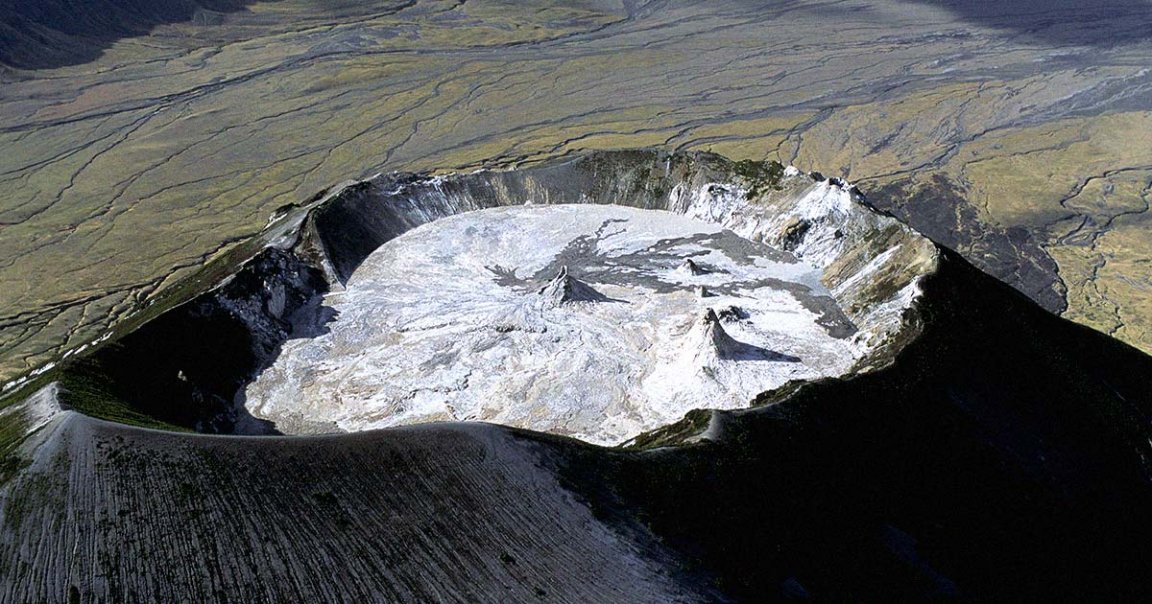
Magma Agenda
Scientists have observed land surrounding a distinctive volcano in Tanzania bulging, a sign that a massive reservoir of magma is puffing up the surrounding areas like a balloon — and possibly an impending eruption.
As detailed in a paper published in the journal Geophysical Research Letters, an international team of scientists detected “periods of uplift and subsidence of the active volcano Ol Doinyo Lengai in Tanzania.”
The team analyzed seven years’ worth of satellite data and discovered a “rapid uplift” between March 2022 and December 2022.
“We have been able to detect transient motion in volcanic activity, and this is a precursor for any kind of eruption,” explained coauthor and Virginia Tech graduate student Ntambila Daud in a statement. “This research could help Tanzanian authorities have a better idea of what is happening with the volcano.”
Rise and Fall
The Ol Doinyo Lengai — meaning “Mountain of God” in Maasai — volcano is unique. It’s the only active volcano to produce carbonatite lava, an unusually runny black or gray lava that cools to a stark white.
The volcano has been periodically active. Throughout the 20th century, its once 660-foot-deep crater slowly filled with lava, eventually overflowing its rim in the year 1998.
The team installed six satellite-connected sensors along the volcano’s flanks in 2016. Using these sensors, the researchers observed the rapid bulging of the surrounding area in mid-2022, followed by a more steady uplift through August 2023.
The team is hoping to use the data to predict the next time Ol Doinyo Lengai erupts.
“If the difference between the data and the expected pattern is three times larger, it indicates transient deformation in surface motion,” Daud explained. “This could signal an impending eruption and aid in eruption forecasting.”
An eruption could be a major threat to people who live in the surrounding area and could put a dent in tourism and air traffic. A 2007 eruption led to the evacuation of several surrounding villages.
The more we know about what’s going on beneath the surface, though, the better we can predict the next eruption.
“The approach that Daud used in this paper provided important steps forward in our understanding of the dynamic magma plumbing system of Ol Doinyo Lengai,” said coauthor and Virginia Tech associate professor of geophysics Sarah Stamps in a statement.
More on volcanos: Scientists Say Huge Hydrothermal Explosion at Yellowstone Not Sign of Impending Supervolcano Eruption